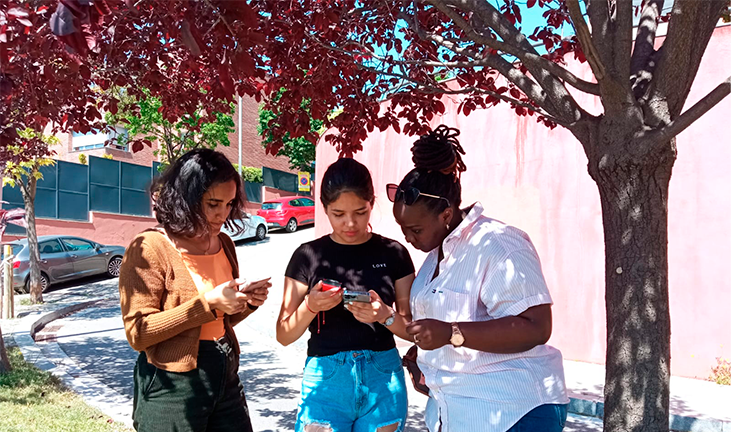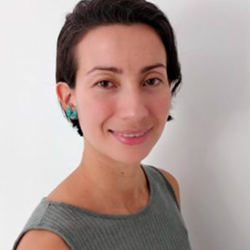This question is part of the first testing activity to assess MECODA with students from the Master’s Degree in Urban Design for Healthy Cities, coordinated by the International University from Catalonia.

In the first part of the activity, the ICM researchers and coordinators of Cos4Cloud: Jaume Piera, Karen Soacha and Sonia Liñán, explained what citizen science is, how to design a project, collect and manage its data and how to actively engage participants in a research project .
Then ten master’s students went out to the street and took air quality measurements using two of the citizen observatories that are part of Cos4Cloud, OdourCollect (odours) and CanAirIO device (Particle material, PM2.5) and then analysed the collected data using MECODA. The students explored the data following the research questions ‘Which are the most polluted areas in the university surroundings?’ What are the sources or hotspots of air pollution?
This session was part of the master’s seminar ‘Citizen science for urban sustainability’. As a result of the course the students proposed a citizen science project to address the issue of air quality in Poble Nou (a neighbourhood in Barcelona). In the construction of the project the students applied the knowledge about frameworks, data management, engagement and the use of citizen observatories and tools as MECODA for empowering the communities in addressing environmental issues.

“Introducing them into the ‘citizen science world’ was an amazing experience. After the activity we organised, they were committed to using OdourCollect and CanAirIO to collect air quality data, analysing this information with MECODA, and, then, based on the results, decide where to build and why”.
Karen Soacha, ICM researcher and part of the coordination team of Cos4Cloud.

















